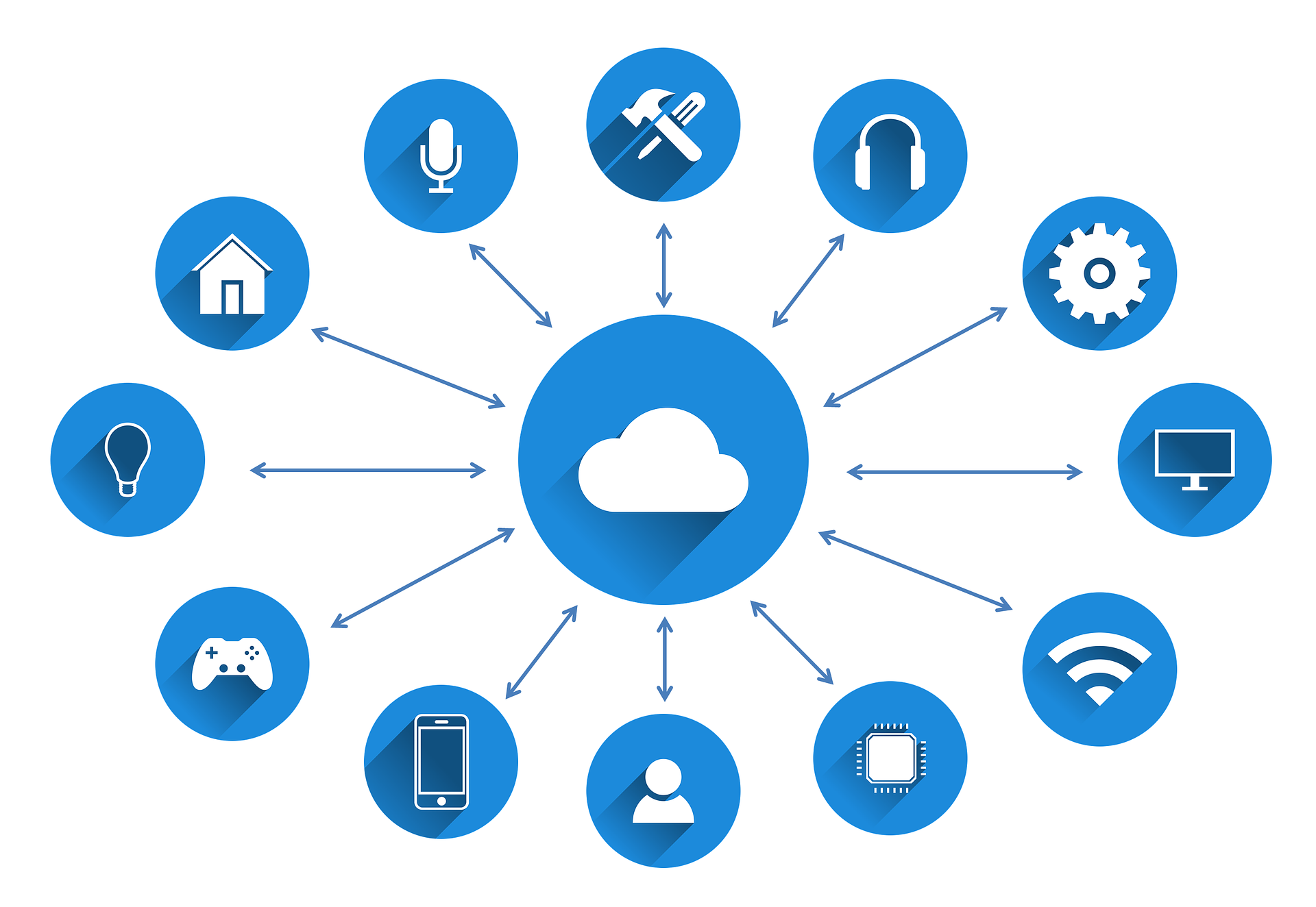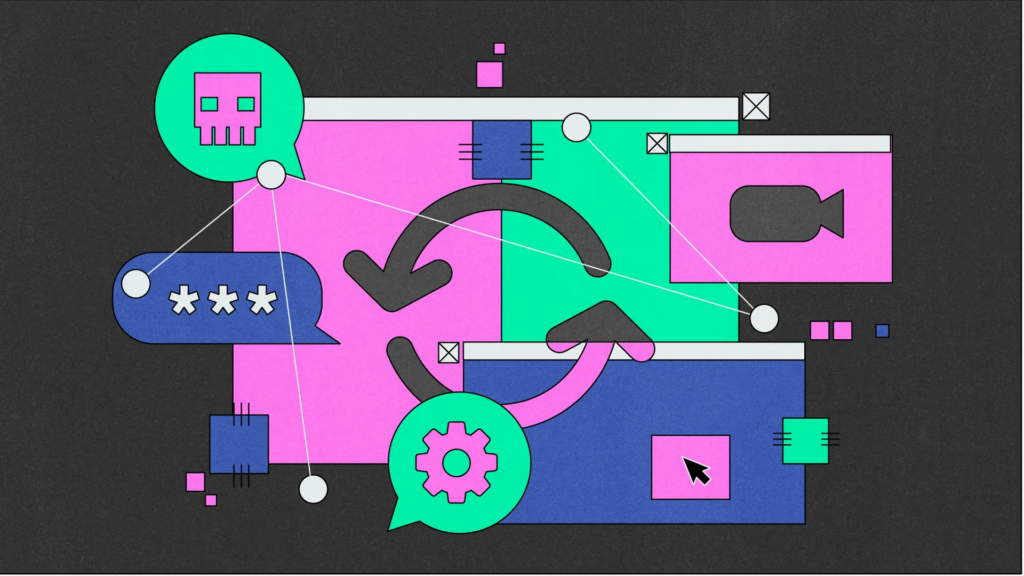what are the Benefits of IOT in manufacturing? IoT is already making a significant impact in the manufacturing industry, and its potential for future applications is enormous. Here are some examples of IoT applications in manufacturing both today and in the future:
- Predictive Maintenance: IoT sensors can be used to monitor equipment in real-time, predict when maintenance is required, and prevent equipment failure before it happens.
- Quality Control: IoT sensors can be used to monitor the quality of products during manufacturing, and identify defects in real-time to reduce waste and increase efficiency.
- Asset Tracking: IoT sensors can be used to track the location and movement of materials and products, providing real-time data on inventory levels and enabling more efficient supply chain management.
- Worker Safety: IoT sensors can be used to monitor worker movements and equipment usage to ensure worker safety and prevent accidents.
- Energy Management: IoT sensors can be used to monitor energy consumption and identify opportunities for optimization, reducing costs and improving sustainability.
Looking towards the future, some potential applications and benefits of IoT in manufacturing include:
- Autonomous Manufacturing: IoT sensors and machine learning algorithms can be used to automate manufacturing processes and enable factories to operate autonomously.
- Connected Factories: IoT sensors can be used to connect factories and enable real-time data sharing, improving collaboration and efficiency across multiple sites.
- Predictive Supply Chain: IoT sensors can be used to track shipments and predict potential disruptions in the supply chain, enabling more effective risk management and contingency planning.
- Virtual Reality and Augmented Reality: IoT sensors can be used in conjunction with virtual reality and augmented reality technologies to enable remote collaboration and training, improving efficiency and reducing costs.
IoT is already driving significant innovation and growth in the manufacturing industry, and its potential for future applications is enormous. As more companies adopt IoT technologies and embrace the benefits they provide, we can expect to see continued advancements in manufacturing efficiency, sustainability, and safety.

What is Industrial IoT (IIoT)?
Industrial IoT (IIoT) refers to the application of IoT technologies in the context of industrial processes and manufacturing. IIoT uses interconnected devices, sensors, and other data-gathering technologies to monitor and manage industrial processes, allowing for more efficient and data-driven decision-making.
The goal of IIoT is to improve the productivity, efficiency, and safety of industrial processes by using data and analytics to optimize performance and reduce waste. IIoT technologies can be used to monitor and control equipment, optimize supply chains, and improve worker safety and well-being.
IIoT involves a wide range of technologies, including sensors, actuators, robotics, big data analytics, cloud computing, and edge computing. These technologies work together to enable real-time monitoring and control of industrial processes, making it possible to identify and address issues quickly, minimize downtime, and reduce waste.
Examples of IIoT applications include predictive maintenance, where sensors and analytics are used to identify potential equipment failures before they happen; asset tracking, where sensors and GPS technologies are used to track the location and movement of materials and products; and worker safety, where wearable devices and sensors are used to monitor workers’ health and safety in real-time.
Overall, we have various benefits of IOT in manufacturing IIoT is a rapidly growing field that is transforming the way industrial processes are managed and optimized. As more companies adopt IIoT technologies, we can expect to see continued advancements in industrial efficiency, safety, and sustainability.

IIoT Adoption in Manufacturing
IIoT adoption in manufacturing is growing rapidly as more companies recognize the potential benefits of IoT in manufacturing technologies to optimize their processes. Here are some key trends and factors driving IIoT adoption in manufacturing:
- Cost Reduction: IIoT technologies can help manufacturers reduce costs by enabling predictive maintenance, improving inventory management, and reducing downtime.
- Increased Efficiency: IIoT technologies can help manufacturers optimize their processes by providing real-time data on machine performance, supply chain status, and worker productivity.
- Improved Quality: IIoT technologies can help manufacturers improve product quality by providing real-time data on defects and enabling real-time adjustments to the production process.
- Worker Safety: IIoT technologies can help manufacturers improve worker safety by providing real-time data on environmental conditions, equipment usage, and worker movements.
- Competitive Advantage: IIoT technologies can help manufacturers gain a competitive advantage by enabling faster, more agile decision-making and improving overall process efficiency.
To support IIoT adoption, many technology vendors are developing specialized IIoT platforms and solutions tailored specifically to the needs of the manufacturing industry. These platforms provide tools for collecting and analyzing data, integrating with existing manufacturing systems, and enabling real-time monitoring and control.
IIoT adoption in manufacturing is expected to continue to grow as more companies recognize the potential benefits and invest in the necessary technology and infrastructure to support it.
Challenges of Industrial IoT Adoption
While the adoption of Industrial IoT (IIoT) is increasing, there are still some challenges that companies face when implementing these technologies in their manufacturing processes. Here are some of the key challenges of IIoT adoption:
- Legacy Systems Integration: Many manufacturing plants have legacy systems that are not compatible with IIoT technologies. This makes it difficult to integrate IIoT devices and sensors with existing systems, leading to complex and costly integration projects.
- Data Management: IIoT devices generate a significant amount of data, which can be difficult to manage and analyze. Companies need to have the necessary infrastructure and expertise to store, process, and analyze large amounts of data in real-time.
- Security: IIoT devices are vulnerable to cyber attacks, which can compromise sensitive data or disrupt manufacturing processes. Companies need to implement robust security measures to protect their IIoT devices and networks.
- Scalability: Scaling IIoT implementations can be challenging, especially when companies need to add new sensors or devices to support additional processes or products. This requires careful planning and investment in infrastructure to support growth.
- Workforce Skills: Implementing IIoT technologies requires specialized skills and expertise, which may be lacking in some manufacturing companies. Companies need to invest in training and education programs to ensure their workforce has the necessary skills to support IIoT implementations.
- Cost: Implementing IIoT technologies can be expensive, especially when companies need to upgrade their existing infrastructure or purchase new devices and sensors. Companies need to carefully consider the return on investment when making these investments.
While there are challenges to IIoT adoption in manufacturing, many companies are still investing in these technologies to improve their operations, reduce costs, and gain a competitive advantage. As the benefits of IIoT become more widely recognized, we can expect to see continued growth in IIoT adoption in the manufacturing industry.





